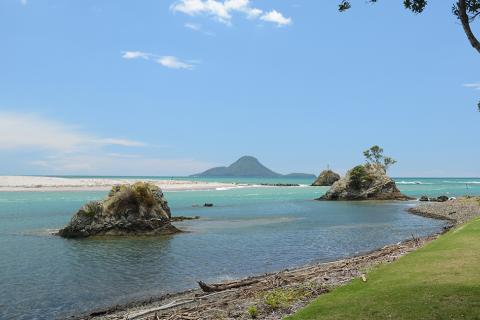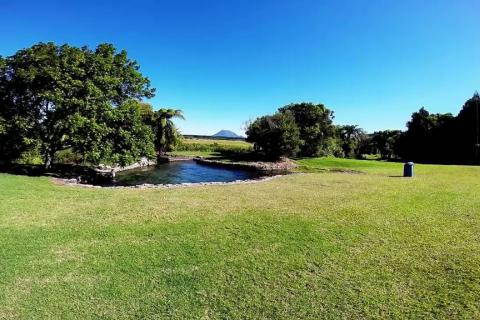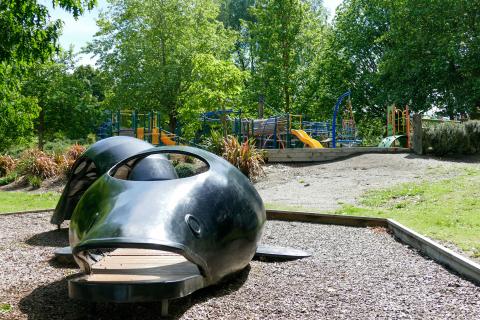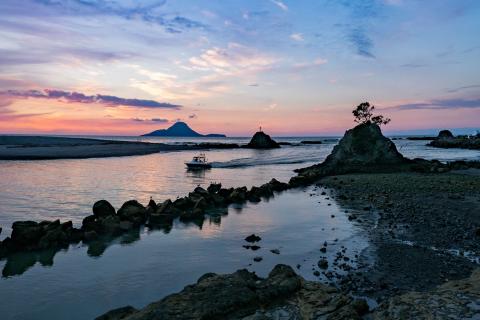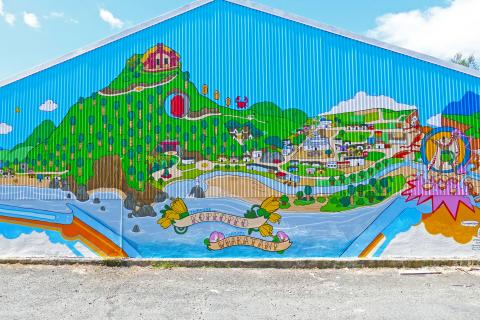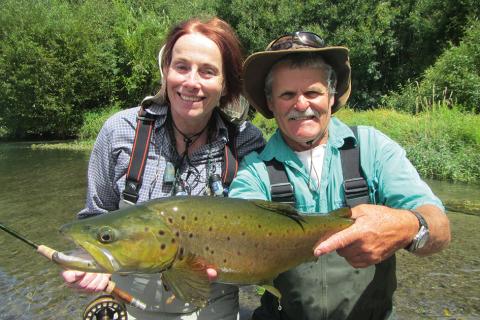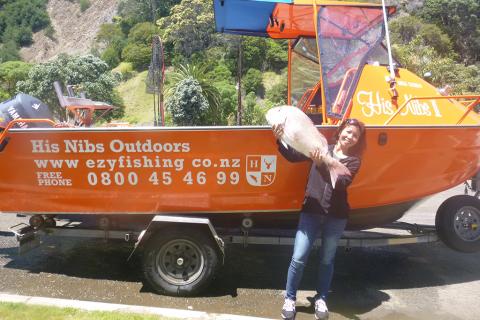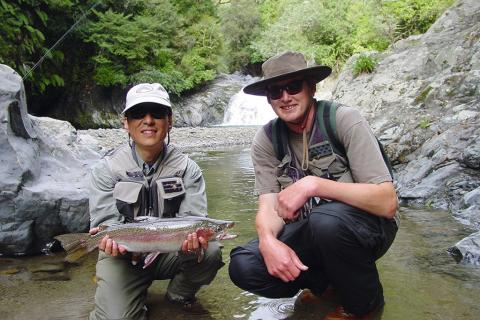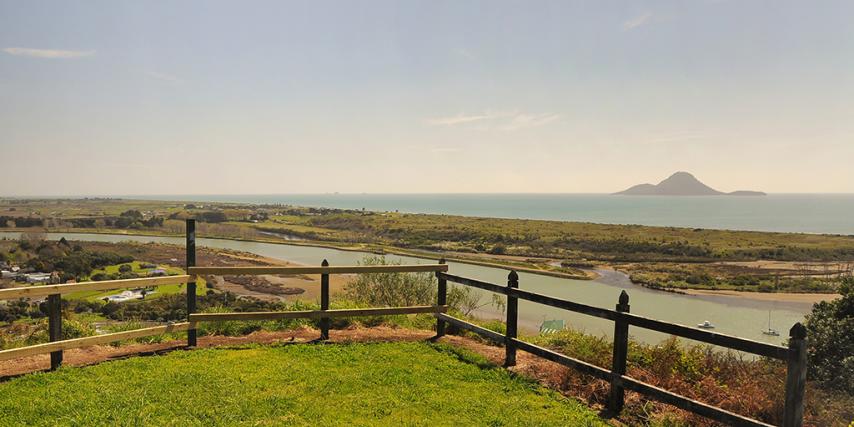
Te Pāpaka
Te Pāpaka Pā is rich in Ngāti Awa history. Many important chiefs have lived at the site.
The site is located on the ridge known as Taketake. The Waiewe Stream flows between Te Pāpaka and another pā site, Puketapu. To the east is a fortified pā site called Hauwai.
The name Te Pāpaka, or crab, derives from a time when the renowned Ngāti Awa ancestor Awanuiārangi was gathering seafood at nearby Otawaha. His wife Ahiahiotahu remarked that his stance was like that of a crab crawling, so the pā became known as Te Pāpaka o Awanuiārangi, later shortening it to Te Pāpaka.
Over the generations, Ngāti Awa chiefs who have lived on the pā site included Ruaihona, Te Ketetuitui, Wairaka, Awaheinui, Tuteiere, Rākaumoana and Awatope.
Another incident of Te Pāpaka happened while the chief, Te Tangihouhiri, and his travelling party arrived at the pā while scouting around. There he had an unfortunate incident with a young woman and, in retaliation, he assaulted her with his taiaha. This led to a confrontation with Ngāti Awa but, before fighting started, Te Rangihouhiri and his followers fled to Whakapaukōrero, near to what is now Matatā.
During the land confiscations of 1866 Ngāti Awa lost this site, and in 1870 the Crown established an armed constabulary fort on the pā site.
